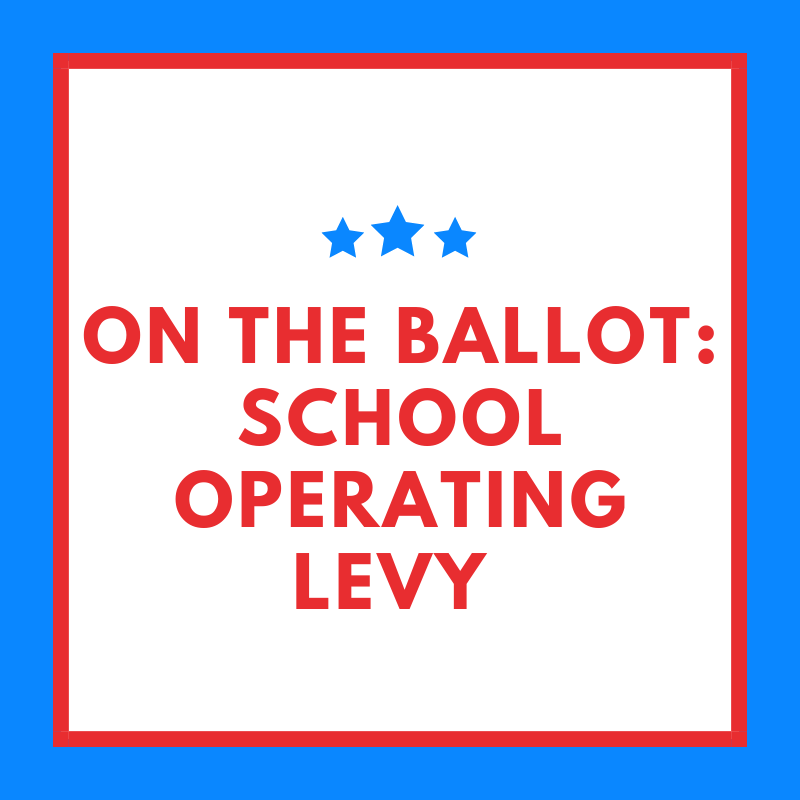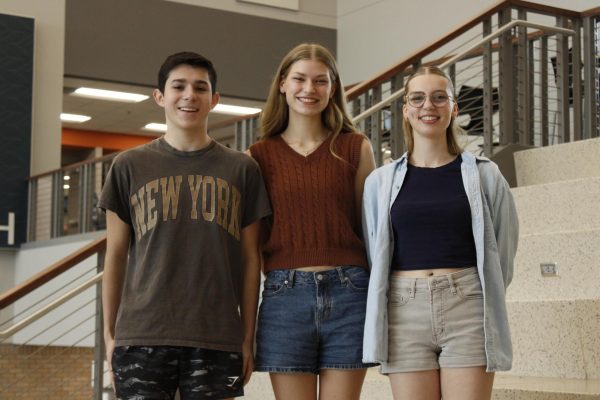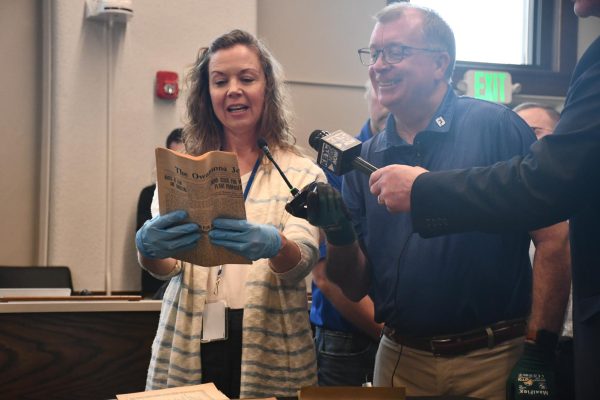On the ballot: school operating levy
The voters will be asked to reinvest and renew the school operating levy on Nov.3
October 30, 2020
This November, Steele County voters will be faced with another decision on this year’s already critical ballot: the school operating levy. There are two questions on the ballot, one asks for a renewal of the district’s existing operational levy; the other asks for a phased revenue increase to the district’s operating levy in 2022 and 2025.
According to the Owatonna Public Schools levy webpage, state funding has not kept up with inflation or increasing educational costs. Required academics and support programs cost the district nearly seven million dollars more than it receives each year from the state and federal governments. Because of this, the district decided to ask Steele County voters if they would be willing to increase their property taxes, in order to foot the bill for this heightened spending.
Last year, voters approved bonds to build a new high school, but these bonds can only be used for construction or building repair purposes. According to the Owatonna Public Schools levy fact sheet, “These 2020 ballot requests are to maintain and increase the district’s operating levy, which is a legally separate funding stream from building bonds. Unlike bonds, agricultural land is not taxed on an operating levy, only the house, garage, and one acre.” This operational levy would provide some funding for operational costs like classroom expenses and teacher salaries.
Question 1- Renewal of School District Expiring Referendum Revenue Authorization
The first ballot question asks for the renewal of the district’s existing levy passed back in 2013. According to the Owatonna Public Schools press release, “Due to an inflation adjustment, the average homeowner would see a tax increase of about 50 cents per month in 2021.” While this would add money to the school district, it would not make up the entire difference. The district would still have to make some cuts to programs and athletics. OHS Principal Kory Kath said, “If they do not pass, we will have to make significant cuts throughout the entire district. I cannot speculate what those cuts will be at OHS but I know we will be impacted and it will include teachers, support staff, and programs.”
Question 2- Approval of New School District Referendum Revenue Authorizations
The second question is contingent on the first one; it can only pass if the first one does. The second question asks for a reinvestment. By a phased tax approach this levy would not show tax increases until 2021. Then in 2022 and 2025, there will be an increase in property tax of $10 a month.
If voters approve both levies, the district says it can maintain appropriate class sizes, help programs and activities flourish, and keep the district financially stable If both levies pass on Nov. 3, there will not be another ask for 10 years. The passage of both questions would give us financial stability for the next 10 years. If one or both of the questions fail, we will have to try again next November. — Superintendent Jeff Elstad
OHS senior and voter Emma deBruin voted for both levies, deBruin said, “They were already doing so many budget cuts and if we don’t get more money we could potentially lose activities.” If both levies fail, the district will have to cut $8.5 million through 2022-2023. As a result, these cuts will lead to teacher layoffs which will increase class sizes. Junior Cade Stawmatt said, “I live on a farm, so tax increases often disproportionately impact us by taxing land that doesn’t produce substantial profits anyways. I understand that levies are usually less impactful than bonds on farmers, and I’m not against renewing the levy, but it’s definitely disheartening to see that more and more of the school’s funding has to be sourced locally rather than through state/federal funding.” State funding has not kept pace with the increasing costs of education and inflation, this has resulted in a $3.5 million gap according to the district’s levy fact sheet.
According to a press release sent by Owatonna Public Schools, School Board Chair Mark Sebring said, “We are very conscious of both the financial needs we have as a school district and the financial challenges that COVID-19 has placed on our community. This solution that combines budget cuts with a phased-in levy allows us to partner with our residents, and keep both our schools and our community strong.”
This Nov. 3, the polls will be open from 7 a.m to 8 p.m. To avoid long lines and crowds, absentee voting can be done in-person at the Steele County Auditor’s office or online until Nov. 2.






